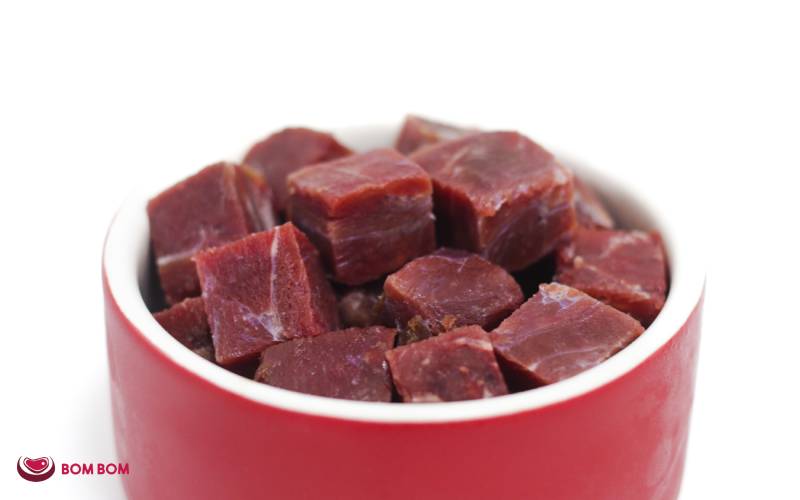
Iron Intake for Dogs and Cats: What Pet Owners Need to Know
Iron is an essential nutrient for dogs and cats, helping with oxygen transport, energy production, and overall health. However, getting the right type and amount of iron in their diet is key because too little can cause deficiencies, while too much can be harmful. This guide will help you understand the best sources of iron, when supplements are needed, and how to maintain the right balance for your pet.
Heme vs. Non-Heme Iron: Which is Better for Pets?
Iron comes in two main forms:
1. Heme iron – Found in animal-based foods like red meat, liver. This type is absorbed easily by the body.
2. Non-heme iron – Found in plant-based foods and supplements. This form is harder to absorb and needs extra processing in the body.
Since dogs and cats are primarily meat eaters, they absorb heme iron much more efficiently than non-heme iron. Plant-based iron needs to go through additional steps before the body can use it, making it less effective. Some foods like grains and vegetables contain substances that can block iron absorption, making non-heme iron even less useful for pets.
Best source of iron for pets? Fresh meat and organ meats! These provide easily absorbable iron to keep your pet healthy.
Iron Supplements vs. Natural Sources
Iron supplements (like ferrous sulfate or ferrous gluconate) can help pets with anemia, but they have pros and cons.
Pros of supplements:
• Quickly corrects severe iron deficiency.
• Helpful for pets with blood loss, illness, or poor diets.
Cons of supplements:
• Can cause stomach upset, constipation, or nausea.
• Not as easily absorbed as iron from fresh meat.
• Risk of iron overload, which can damage organs.
Instead of relying on supplements, try feeding your pet these natural, heme iron rich foods:
• Liver & Organ Meats (liver, kidney, heart, lung)
• Red Meat (beef, lamb, pork, venison)
A balanced fresh food diet with these ingredients ensures your pet gets the iron they need without the risks of supplements.
How Pets Maintain Iron Balance
Dogs and cats don’t have a way to get rid of extra iron, so their bodies carefully control how much they absorb. Most of their iron is stored in red blood cells, muscles, and enzymes.
Daily iron needs:
• Dogs need about 0.5 mg per kg of body weight daily.
• Cats need about 1 mg per kg of body weight daily.
Iron is not easily lost from the body, but small amounts can be shed through hair, skin, and digestion. Bigger losses happen due to injuries, surgery, or parasites. Fortunately, pets recycle iron from old blood cells to maintain balance.
Iron Deficiency vs. Iron Overload
Iron deficiency happens when a pet doesn’t get enough iron from their diet or loses too much due to illness, parasites, or injuries. Signs include:
• Weakness and low energy
• Pale gums
• Dull coat
• Loss of appetite
To fix this, increase iron-rich foods like red meat and liver, or use supplements if only recommended by a vet.
Iron overload is rare but can occur with excessive supplementation, genetic conditions, or multiple blood transfusions. Symptoms include:
• Vomiting and diarrhea
• Lethargy
• Liver problems
If a pet has too much iron, reducing iron intake and monitoring blood levels is crucial to prevent serious health issues.
In summary, feeding your pet fresh red meat and organ meats like liver and kidney is the best way to provide natural, bioavailable iron. Supplements should only be given when absolutely necessary under veterinary supervision.
